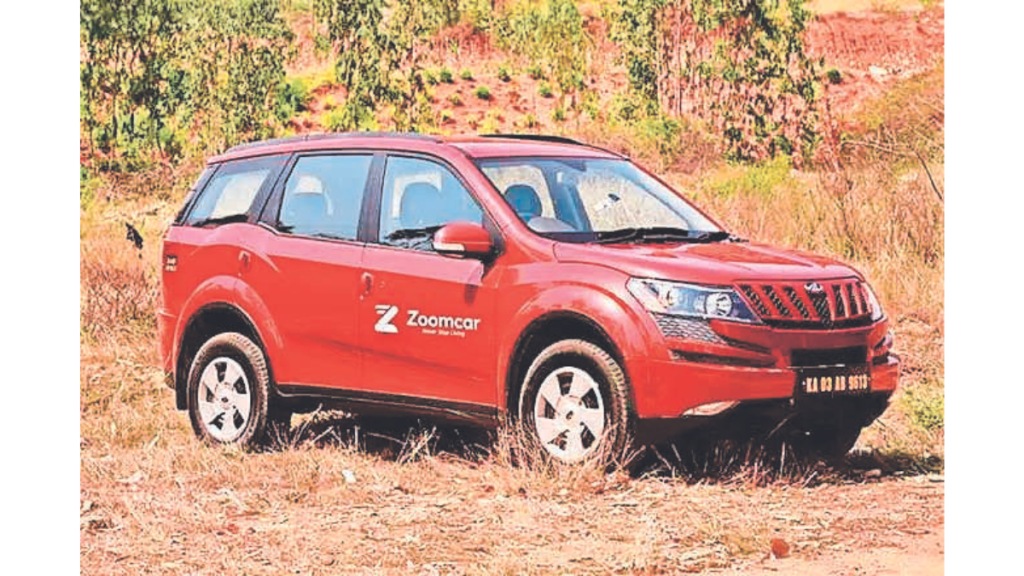Car rental service company Zoomcar is quietly brewing an audacious plan. The company is banking on the power of community to revv up its Zoomcar Host programme. If all goes according to plan, the company hopes to log 100% growth in net revenue to $20 million by the end of calendar year (CY) 2024.
“Over the last two years, we’ve been building out a new category and opportunity for users— Zoomcar Host, which is a peer-to-peer car-sharing platform. The idea is somewhat like what Airbnb had to build out years ago. However, it’ll take a couple of years to achieve full awareness and adoption of this,” says co-founder & CEO Greg Moran. This initiative aims to harness the potential of everyday car owners, positioning them as (fiscally motivated) friends from whom you could just borrow a set of car keys, driving both business growth and broader access to car rentals.
Moran says the company is looking to penetrate the market from a “host awareness standpoint”. “If we’re able to do that, we’re going to see an exciting flywheel, because even now, we have a supply constraint. It’s really just about continuing to build out that supply-side ecosystem,” he adds. By the end of last year, the company had logged 10,000 active listings and 30,000 hosts. It expects the supply to increase at a similar level by the end of CY24.
Experts say that the potential in the space is huge. “While India is now the third-largest car market in the world, car ownership is still low,” says Rajat Mahajan, partner, consulting, Deloitte India. “In comparison to developed economies like the USA, where 346 per 1,000 people own vehicles, roughly 30.6 per 1,000 people in India own cars.”
Mahajan observes that a car is typically sitting in the garage for 92% of the day. With better connectivity, the travel time of individuals is likely to reduce, decreasing owner utilisation further. “Peer-to-peer car sharing models, therefore, fit well in addressing this gap, whilst providing an additional source of income for the original car owner as well as playing a role in optimising the number of vehicles on road due to improved utilisation,” he says.
The road to growth will be bumpy. As Nisha Sampath, managing partner, Bright Angles Consulting observes, this service is primarily targeted at tourists and visitors, who, in the presence of reliable, reasonably-priced public transport might not even opt for it. “Car rentals have mostly taken off in markets where taxi rentals or private cab operators tend to be prohibitively expensive,” she points out.
On the supply side, any host who lends their car may be apprehensive about misuse, damage or even accidents, she adds. “While abroad, this may be a ‘low touch’ business with a primarily online interface, in India, it is a new concept and hence we expect a ‘high touch’ service with a strong human interface. The service benchmark needs to be like Amazon, where it’s easy to locate and contact a customer service person at any point before, during or after the purchase,” Sampath observes.
That apart, for a large segment in India, the car is an aspirational personal use product and hence there is a reluctance to advertise for sharing. That’s one reason P2P car-sharing platforms face the challenge to source third-party vehicles to share, says Deloitte’s Mahajan.
At the end of the day, India’s car rental players must compete with chauffeur-driven cars while also navigating an unorganised market through local partnerships. What can make matters complicated is the fact that there are seasonal spikes in demand, requiring flexible solutions and transparent pricing to compete with local rivals.
Zoomcar knows what it is up against. For now, it is offering handsome monthly earnings to its hosts based on the time, model and location at which they lend their cars. There is also plenty of room for growth. “Tier-1 cities (the top six) would constitute the majority of the revenue — that is, 75% and I wouldn’t envision that number going down so much since we are going to have a majority concentration there. Although the platform has a significant presence in the top 15-20 markets, there’s a potential to expand into more of the long tail into the next 50 to 200 cities,” winds up CEO Moran.

